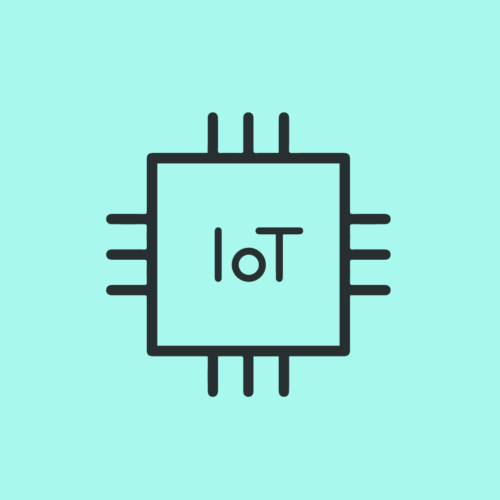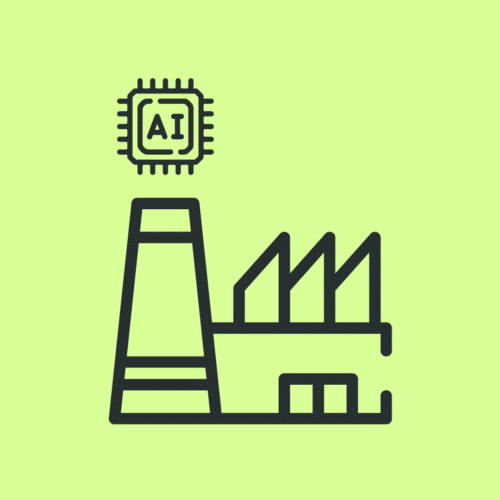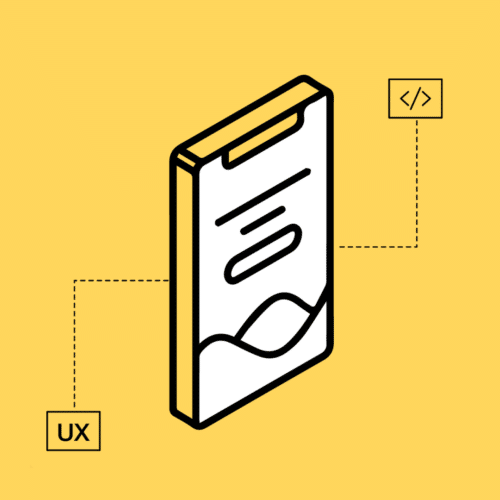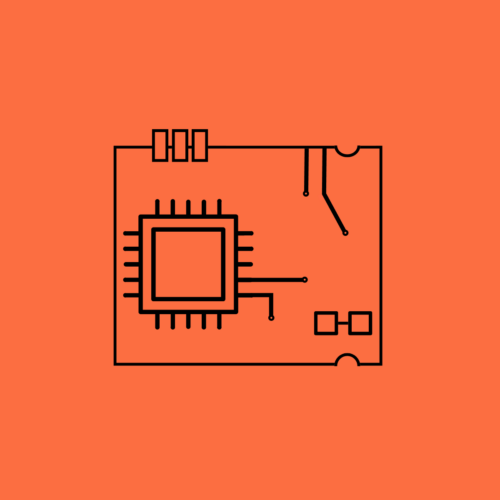BLOG
IoT Product Management: Yes, You Can Use Both Agile and Waterfall
At Very, we know innovation is impossible without cross-disciplinary collaboration. Across thousands of enterprises, diverse teams join forces to bring interconnected devices and software ecosystems to market daily. But synchronizing those teams for IoT product management — each with their own unique product development lifecycles — is far from easy.
In the world of hardware development, team misalignment could spell disaster. An estimated 70% of hardware projects fail in the face of underestimated complexities, team misalignment and Design for Manufacturing (DFM) hurdles.
Product managers can avoid these pitfalls by leveraging the right combination of tactical management approaches and methodologies, which we’ll explore in this article. Let’s dive in.
Innovation Begins With Alignment: Starting With Project Briefs And Unification Documents
When it comes to IoT product management, every IoT project should begin with alignment. Ensure your teams understand and agree upon a clear, verbalized vision and unified purpose. By articulating the vision, goals, business values, and defining user personas, multidisciplinary teams foster alignment and minimize ambiguity. At Very, we use a combination of documents to achieve this clarity, including:
- Project Brief: Every project brief serves as the cornerstone of project alignment. It outlines the project’s vision, goals, and business values in clear, concise language. Including details like user personas and their needs is especially useful for the delivery team to understand who the end product is for.
- Product Requirement Document (PRDs): A PRD provides a detailed roadmap of the project and highlights both functional and technical requirements. In the earlier phases of a project, it’s more important to nail down the functional requirements, whereas the technical requirements can be refined as engineering validation testing and experimentation is conducted.
- Project Charter, also known as “The Control Center”: This document formalizes our high-level objectives, key stakeholders, and referenceable artifacts for the project. We also use this document to underscore any risks or roadblocks, so the team knows to address those first. This should be where you point a new member of the project to begin their onboarding.
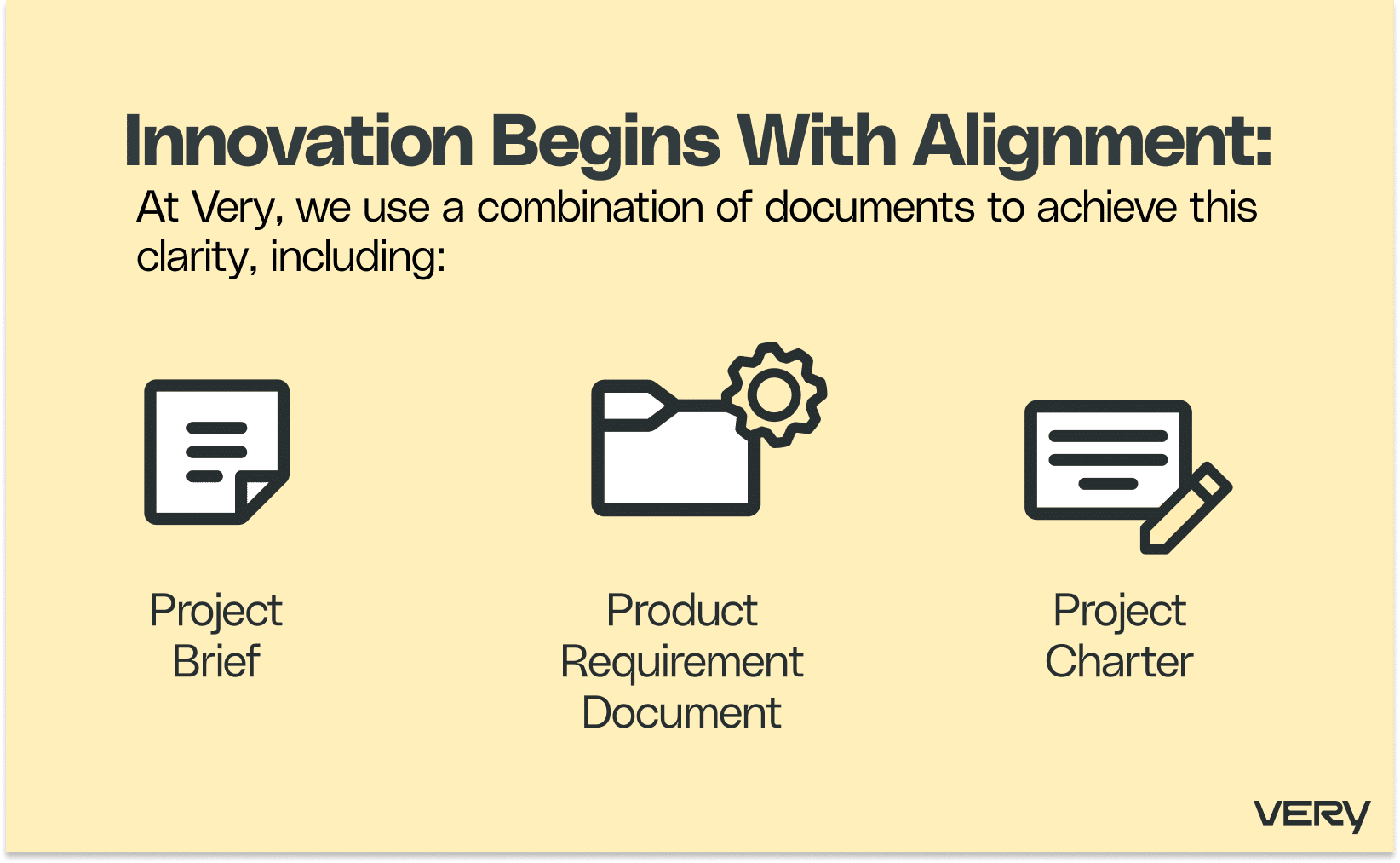
Agile Scrum Or Waterfall? The Answer Is Both
One of the most frequently asked questions we hear at Very is: “should I be using Agile Scrum or Waterfall in my IoT product management approach?”
The short answer is both. Employing a strategic blend of each can significantly enhance your IoT product’s chances of success. Let’s take a look at Agile first.
Agile is optimized for adaptability and continuous improvement. It takes an iterative approach and puts an emphasis on collaboration. And while it’s generally associated with software development, Agile principles are applicable to the unique challenges of hardware product development. Some of the best practices we take from agile software development include:
- Iterative Development: Breaking down hardware projects into manageable iterations allows for incremental progress and regular testing of hardware components.
- Cross-Functional Teams: Assembling a team of hardware engineers, software developers, designers, and data scientists fosters collaboration and ensures holistic product development. The decisions of one practice can significantly impact and inform others. Removing silos associated with vertical organizational practices enables transparency and free flow of information. This will encourage collaboration across disciplines in order to shorten feedback loops and facilitate more efficient iteration cycles.
- Frequent Reviews and Feedback: Regular peer reviews and stakeholder demos of hardware prototypes provide valuable insights early in the development process.
- Scrum Ceremonies: Scrum ceremonies ensure the scrum master, product owner, and development team are on the same page. At Very, we use traditional Scrum ceremonies such as iteration planning, board refinement, stand-ups, and retrospectives to ensure alignment across teams.
Waterfall, on the other hand, is characterized by a sequential approach. This methodology emphasizes comprehensive planning and is known for its defined structure and predictability providing a stable foundation and structure required for IoT development. Some strategies and tools we borrow from Waterfall include:
- Clear and Comprehensive Planning: Waterfall is characterized by detailed upfront planning, ensuring that project scope, requirements, and design specifications are well-defined before kickoff. That said, the Waterfall methodology isn’t inflexible — there should always be a little wiggle room to implement changes as they occur.
- Linear Progression: Linear progression involves using Gantt charts to outline phases of the product roadmap, ensuring that each step is completed before moving to the next. This approach reduces the risk of overlooking critical design or manufacturing steps within the product development life cycle. We typically break builds down into traditional hardware development phases such as EVT, DVT, PVT and MP.
- Thorough Documentation: Waterfall encourages comprehensive documentation at each stage of development, promoting clarity, traceability, and compliance. We’d argue that documentation is equally as important as the accrual development of the product. One of the most overlooked components of product development is launch and maintenance. Without thorough documentation, the product becomes nearly impossible to support and maintain.
- Risk Mitigation: In hardware development, the waterfall approach offers a structured and sequential framework that greatly enhances risk mitigation. Through meticulous upfront planning and rigorous risk analysis at each stage, we can identify and address potential issues early on, minimizing the chances of setbacks later in the project. By adhering to the waterfall methodology, we also ensure that robust testing protocols and quality assurance measures are integrated at specific milestones, bolstering our confidence in the final product’s reliability and performance.
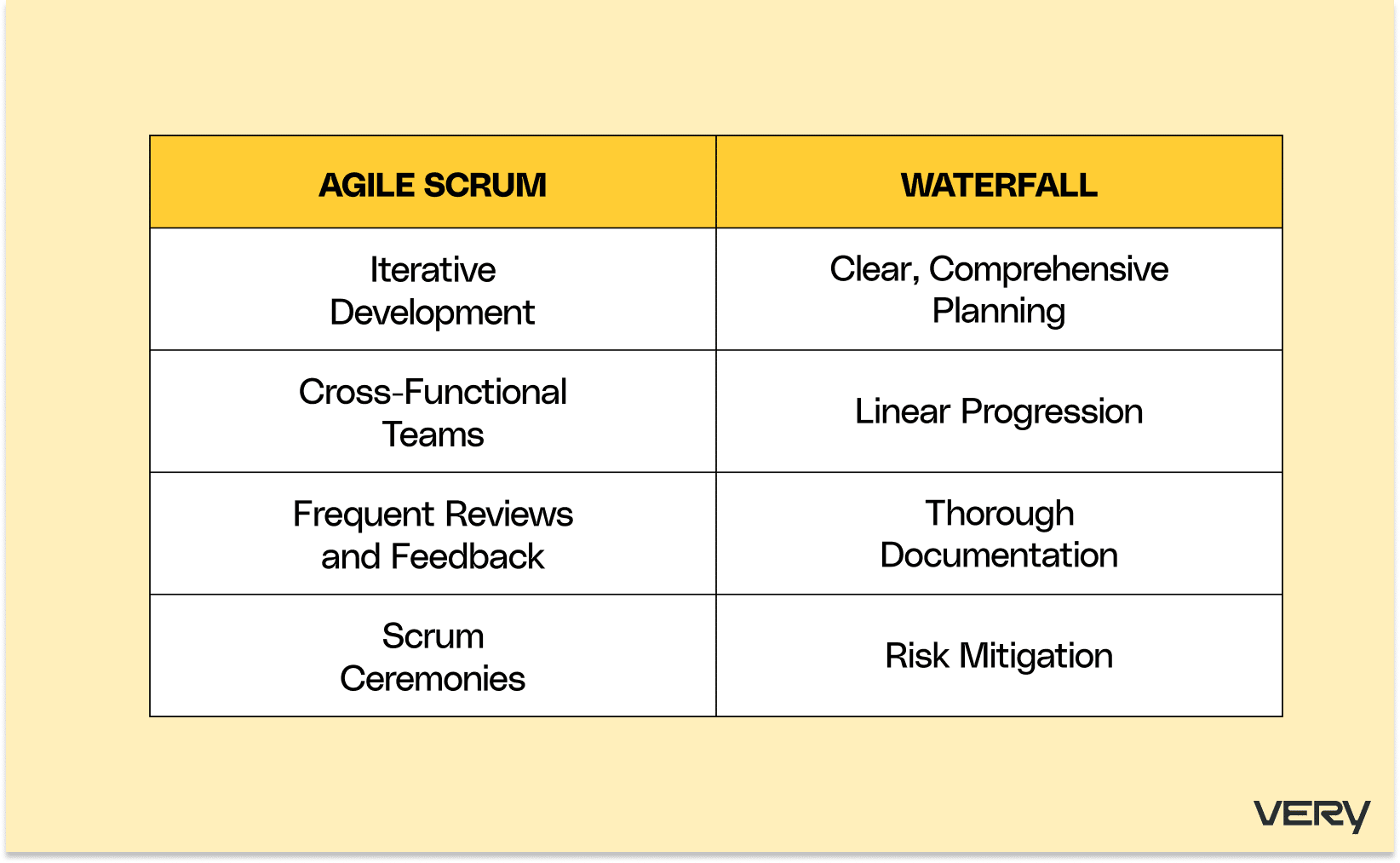
Let’s Bring It All Together
Seamless communication and collaboration are the cornerstones of successful IoT project management. By establishing cross-functional teams with both hardware and software specialists, product managers can cultivate a shared understanding and synergy for more fluid workflows. Regular meetings, transparent reporting, and using strategic project management tools facilitate smooth communication between teams. Plus, encouraging knowledge sharing bridges the gap between hardware’s structured approach and software’s agility, ultimately enhancing overall project progress.
Moreover, mitigating risks and ensuring quality are paramount to successful IoT projects. When it comes to IoT product management, proactive identification and mitigation strategies are essential to manage inherent project risks. Robust testing protocols and quality assurance measures embedded throughout the project lifecycle ensure compliance with industry standards and customer requirements. The rigorous approach of Waterfall methodology is reflected in frequent testing, prototyping, and validation within hardware development stages. Simultaneously, Agile’s flexibility and responsiveness shine through continuous integration, testing, and iteration cycles in software development phases.
Humans have a natural tendency to categorize and compartmentalize, which makes it easy to ask, “Should I use Agile or Waterfall?” At Very, we encourage our partners to look beyond the binary and instead ask, “What about Agile and Waterfall?” Yes, you can use both in your IoT product management approach — and by leveraging Agile’s iterative approach and Waterfall’s structured methodology, IoT innovation can truly flourish.




